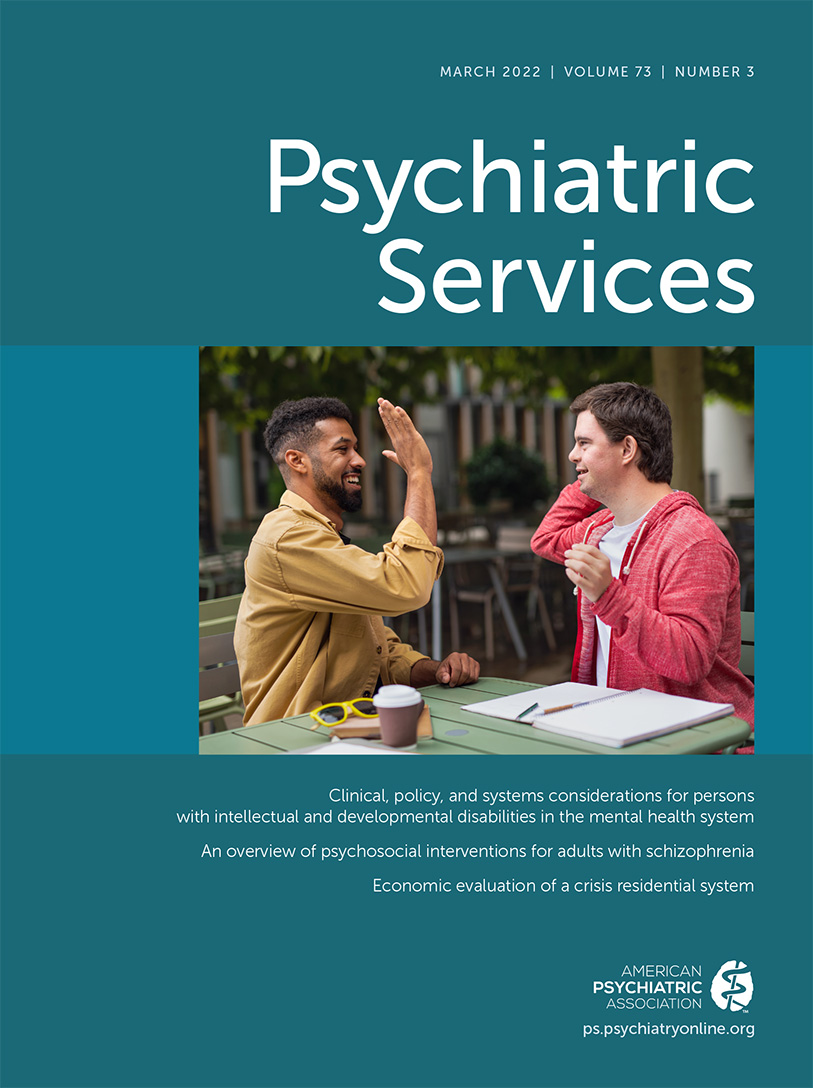Creation of a Longitudinal Legal Data Set to Support Legal Epidemiology Studies of Mental Health Insurance Legislation
Abstract
Objective:
This article describes policy surveillance methodology used to track changes in the comprehensiveness of state mental health insurance laws over 23 years, resulting in a data set that supports legal epidemiology studies measuring effects of these laws on mental health outcomes.
Methods:
Structured policy surveillance methods, including a coding protocol, blind coding of laws in 10% of states, and consensus meetings, were used to track changes in state laws from 1997 through 2019–2020. The legal database Westlaw was used to identify relevant statutes. The legal coding instrument included six questions across four themes: parity, mandated coverage, definitions of mental health conditions, and enforcement-compliance. Points (range 0–7) were assigned to reflect the laws’ comprehensiveness and aid interpretation of changes over time.
Results:
The search resulted in 147 coding time periods across 51 jurisdictions (50 states, District of Columbia). Intercoder consensus rates increased from 89% to 100% in the final round of blinded duplicate coding. Since 1997, average comprehensiveness scores increased from 1.31 to 3.82. In 1997, 41% of jurisdictions had a parity law, 28% mandated coverage, 31% defined mental health conditions, and 8% required state agency enforcement. In 2019–2020, 94% of jurisdictions had a parity law, 63% mandated coverage, 75% defined mental health conditions, and 29% required state enforcement efforts.
Conclusions:
Comprehensiveness of state mental health insurance laws increased from 1997 through 2019–2020. The State Mental Health Insurance Laws Dataset will enable evaluation research on effects of comprehensive legislation and cumulative impact.



